The key to **how to sharpen your dart points** lies in gently restoring their grip, not creating razor-sharp edges; use a specialized dart sharpener or a fine sharpening stone with light pressure. This guide will walk you through the best methods, tools, and safety precautions to maintain your dart points for consistent performance, while also discussing the importance of proper maintenance and avoiding common mistakes.
⚠️ Still Using Pen & Paper (or a Chalkboard)?! ⚠️
Step into the future! The Dart Counter App handles all the scoring, suggests checkouts, and tracks your stats automatically. It's easier than you think!
Try the Smart Dart Counter App FREE!Ready for an upgrade? Click above!
Why Sharpen Your Dart Points?
Darts with dull points tend to bounce out of the dartboard more frequently. This not only disrupts your game but can also damage the board over time. A sharp, slightly roughened point allows the dart to grip the sisal fibers effectively, minimizing bounce-outs and improving your scoring consistency. Furthermore, maintaining sharp dart points is an essential part of **dart maintenance**, which extends the life of both your darts and your dartboard. Consider this aspect while you Choose Best Dart Equipment for a longer life span.
Essentially, **sharpening your dart points** is about maintaining a level of grip, not necessarily creating a needle-sharp edge. Think of it more as “conditioning” the point to enhance its ability to penetrate and hold within the board’s fibers.
The Tools You’ll Need to Sharpen Your Dart Points
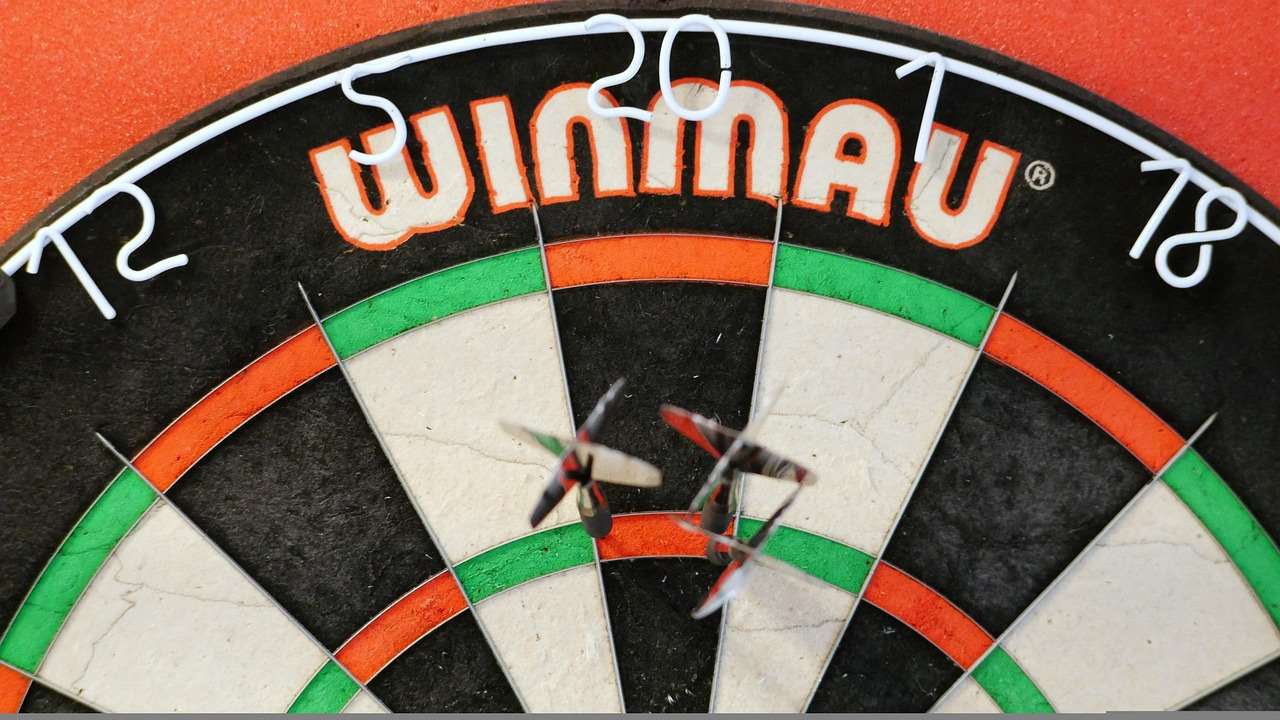
Several tools are available to help you maintain your dart points. Each has its pros and cons, and the best choice depends on your budget and preferences. Here’s a rundown:
- Dart Sharpeners: These are specifically designed for **sharpening dart points**. They often feature multiple grades of abrasive surfaces, allowing you to refine the point gradually. Many dart sharpeners are compact and easy to carry in your dart case.
- Sharpening Stones: Fine-grit sharpening stones, like those used for knives, can also be used to sharpen dart points. Choose a stone with a very fine grit to avoid removing too much material.
- Emery Boards or Sandpaper: In a pinch, a fine-grit emery board or sandpaper can work, but it’s less precise than dedicated dart sharpeners or sharpening stones. Be careful not to over-sharpen or damage the point.
- Steel Wool: Can be used to clean and slightly roughen the point to improve grip.
Regardless of the tool you choose, always wear safety glasses to protect your eyes from metal filings.
Related Keywords:
When considering **dart sharpening**, it’s helpful to be aware of related terms like **dart point maintenance**, **dart grip enhancement**, **dart bounce-out prevention**, and **dartboard preservation**. Understanding these related keywords will help you choose the right method for your needs.
Step-by-Step Guide: How To Sharpen Your Dart Points
Here’s a detailed guide on **how to sharpen your dart points** using a dart sharpener. The principles are similar for sharpening stones and other abrasive tools.
- Preparation: Clean your dart points with a damp cloth to remove any dirt or debris. This will prevent the abrasive surface of the sharpener from becoming clogged.
- Inspection: Examine the dart points for any burrs or flattened areas. These are the areas you’ll need to focus on.
- Sharpening: Hold the dart sharpener firmly in one hand. Gently insert the dart point into the sharpener at a slight angle (around 10-15 degrees). Rotate the dart as you apply light pressure. Avoid applying excessive force, as this can damage the point.
- Refining: If your dart sharpener has multiple grades of abrasive surfaces, start with the coarser grade to remove any significant imperfections. Then, move to the finer grades to smooth and refine the point.
- Testing: After sharpening, test the dart point by gently dragging it across your fingernail. It should feel slightly rough, indicating that it will grip the dartboard fibers. If it feels too smooth, repeat the sharpening process. If it feels too sharp, lightly smooth it with a very fine abrasive.
- Repeat: Repeat the process for all three darts.
Additional Tips for Sharpening
Here are some additional tips to keep in mind when **sharpening your dart points**:
- Use Light Pressure: Applying too much pressure can damage the point and make it brittle. Let the abrasive surface do the work.
- Rotate the Dart: Rotating the dart ensures that the point is sharpened evenly on all sides.
- Don’t Over-Sharpen: The goal is to create a slightly roughened surface, not a razor-sharp edge. Over-sharpening can actually decrease the dart’s grip on the board.
- Regular Maintenance: Sharpen your dart points regularly, even if they don’t appear dull. This will help prevent bounce-outs and extend the life of your darts.
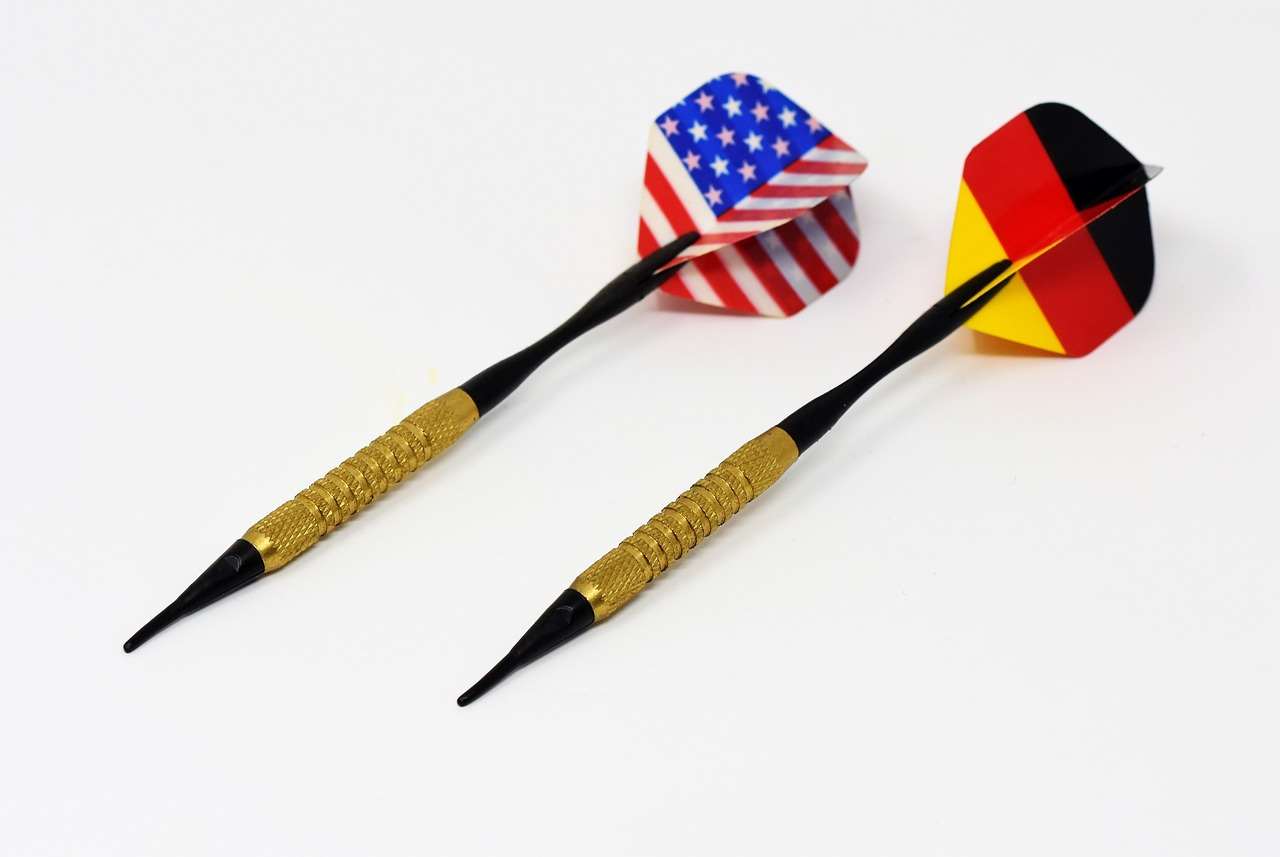
Alternative Sharpening Methods
While dart sharpeners are the preferred tool, you can also use other methods, such as:
- Sharpening Stone Method: Hold the dart firmly and gently rub the point against the sharpening stone at a slight angle. Rotate the dart to ensure even sharpening. Use a very fine-grit stone and avoid applying excessive pressure.
- Emery Board Method: Gently rub the dart point against the emery board at a slight angle. Rotate the dart to ensure even sharpening. Use a fine-grit emery board and avoid over-sharpening.
- Steel Wool Method: This is less about sharpening and more about cleaning and roughening the point. Gently rub the dart point with fine steel wool to remove any residue and create a slightly textured surface.
Remember to always prioritize safety when using any of these methods. Protect your eyes and avoid applying excessive force.
Common Mistakes to Avoid When Sharpening Dart Points
Several common mistakes can damage your dart points or reduce their effectiveness. Avoid these pitfalls:
- Over-Sharpening: As mentioned earlier, over-sharpening creates a razor-sharp edge that can actually decrease the dart’s grip on the board.
- Using the Wrong Tools: Avoid using coarse abrasives or tools designed for other purposes, as these can damage the dart points.
- Applying Excessive Pressure: Applying too much pressure can weaken the point and make it brittle.
- Neglecting Safety Precautions: Always wear safety glasses to protect your eyes from metal filings.
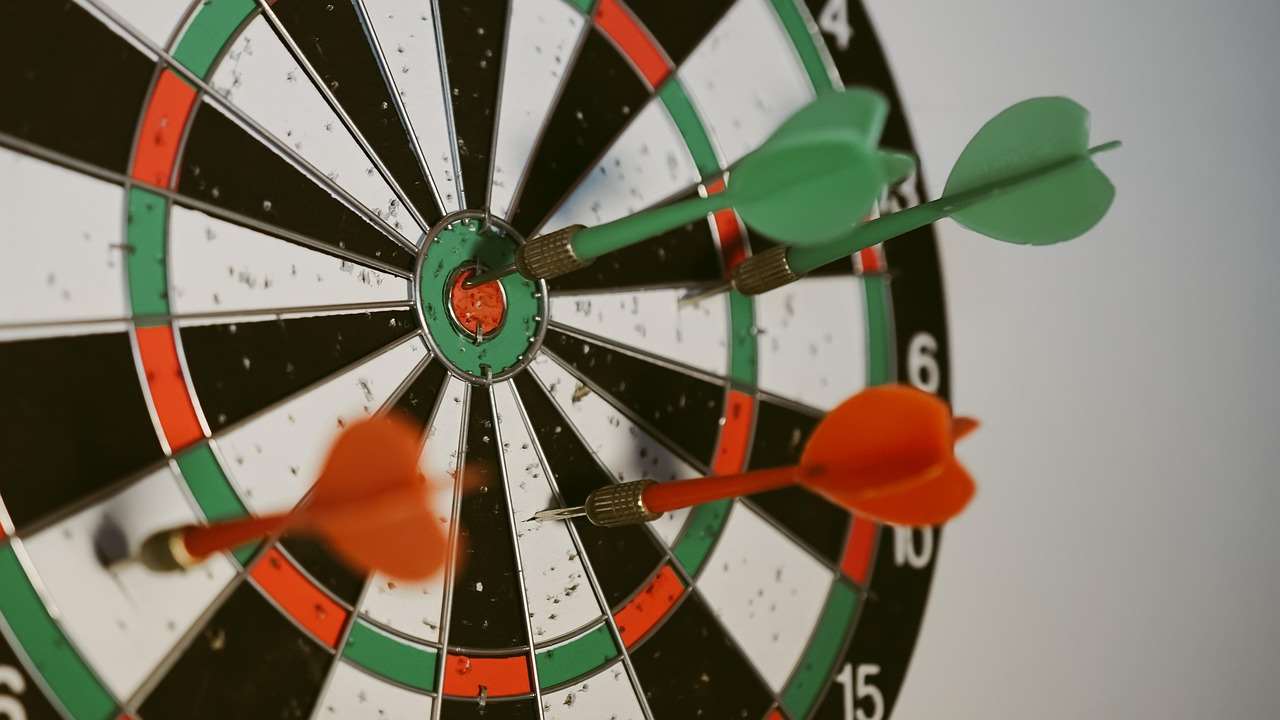
By avoiding these common mistakes, you can ensure that you **sharpen your dart points** safely and effectively.
The Importance of Proper Dart Maintenance
Maintaining your darts goes beyond just sharpening the points. Regular cleaning and inspection are also essential. Clean your darts with a damp cloth after each playing session to remove any dirt or debris. Inspect the points, shafts, and flights for any damage or wear. Replace worn or damaged parts promptly to ensure optimal performance and prevent bounce-outs. You should also consider the types of Types Optimal Dartboard Lighting and how they affect your visibility and performance.
When to Replace Your Dart Points
Even with regular maintenance, dart points will eventually wear out or become damaged beyond repair. Signs that you need to replace your dart points include:
- Excessive Wear: The point is significantly shorter or thinner than when it was new.
- Damage: The point is bent, broken, or severely corroded.
- Inability to Sharpen: The point is too worn to be effectively sharpened.
Replacing your dart points is a relatively inexpensive way to improve your game and extend the life of your darts. It is also important to make sure you have good Optimal Dartboard Lighting Solutions Guide for the best visibility on the dartboard.
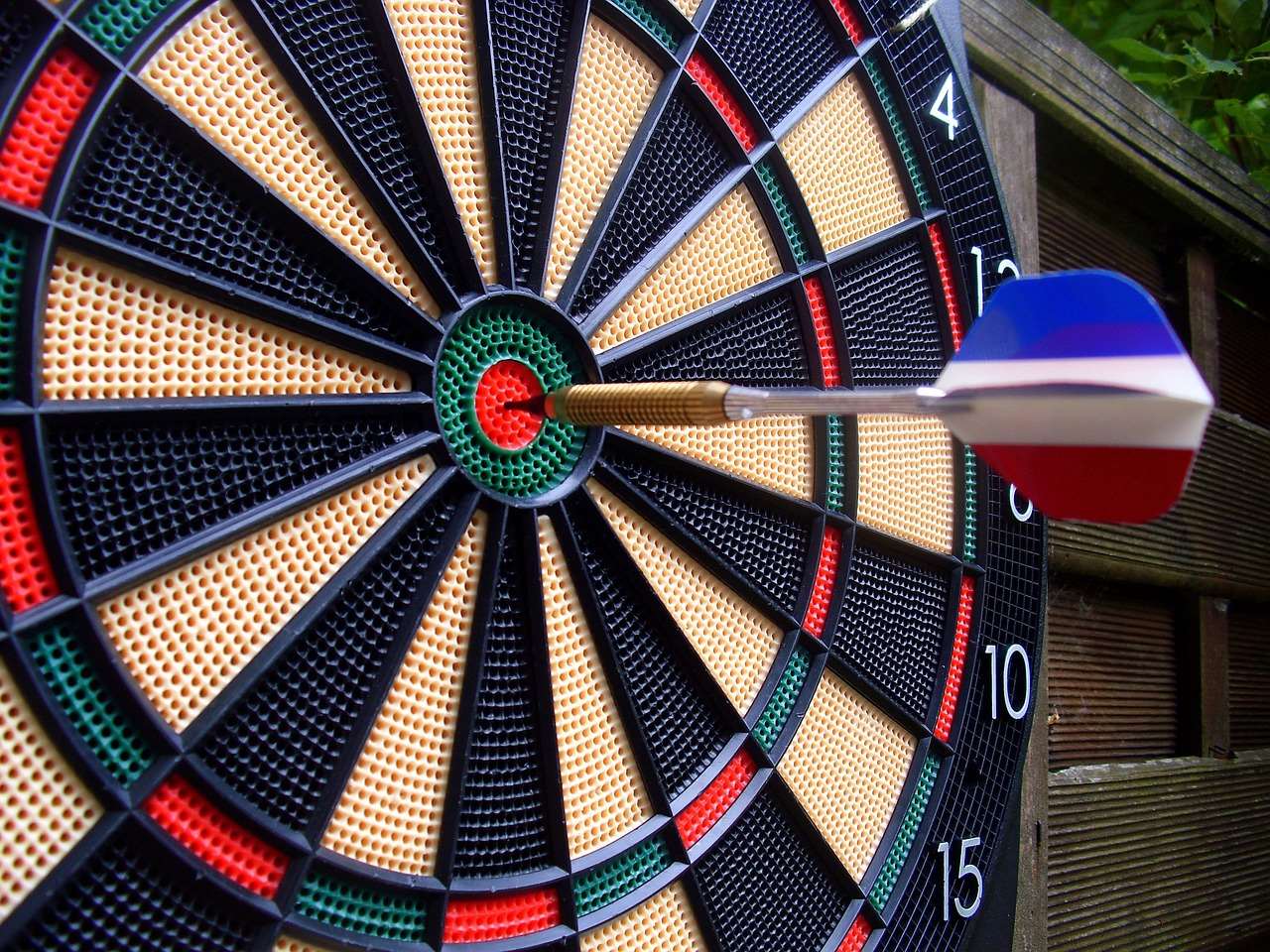
Choosing the Right Dart Sharpener
Selecting the appropriate dart sharpener depends on individual needs and preferences. Consider these factors when making your choice:
- Abrasive Grades: Look for a sharpener with multiple grades of abrasive surfaces, allowing you to refine the point gradually.
- Size and Portability: Choose a compact and portable sharpener that you can easily carry in your dart case.
- Durability: Select a sharpener made from high-quality materials that will withstand regular use.
- Price: Dart sharpeners range in price from a few dollars to over $50. Choose one that fits your budget and meets your needs.
Reading reviews and comparing different models can help you find the perfect dart sharpener for your game.
Safety Precautions When Sharpening Dart Points
Safety should always be a top priority when **sharpening your dart points**. Follow these safety precautions:
- Wear Safety Glasses: Always wear safety glasses to protect your eyes from metal filings.
- Work in a Well-Lit Area: Ensure that you have adequate lighting to see what you’re doing. This will also ensure you How To Light Your Dartboard correctly.
- Use Caution: Be careful not to cut or puncture yourself with the dart point or the sharpening tool.
- Store Sharpening Tools Safely: Store your dart sharpener and other sharpening tools in a safe place, away from children and pets.
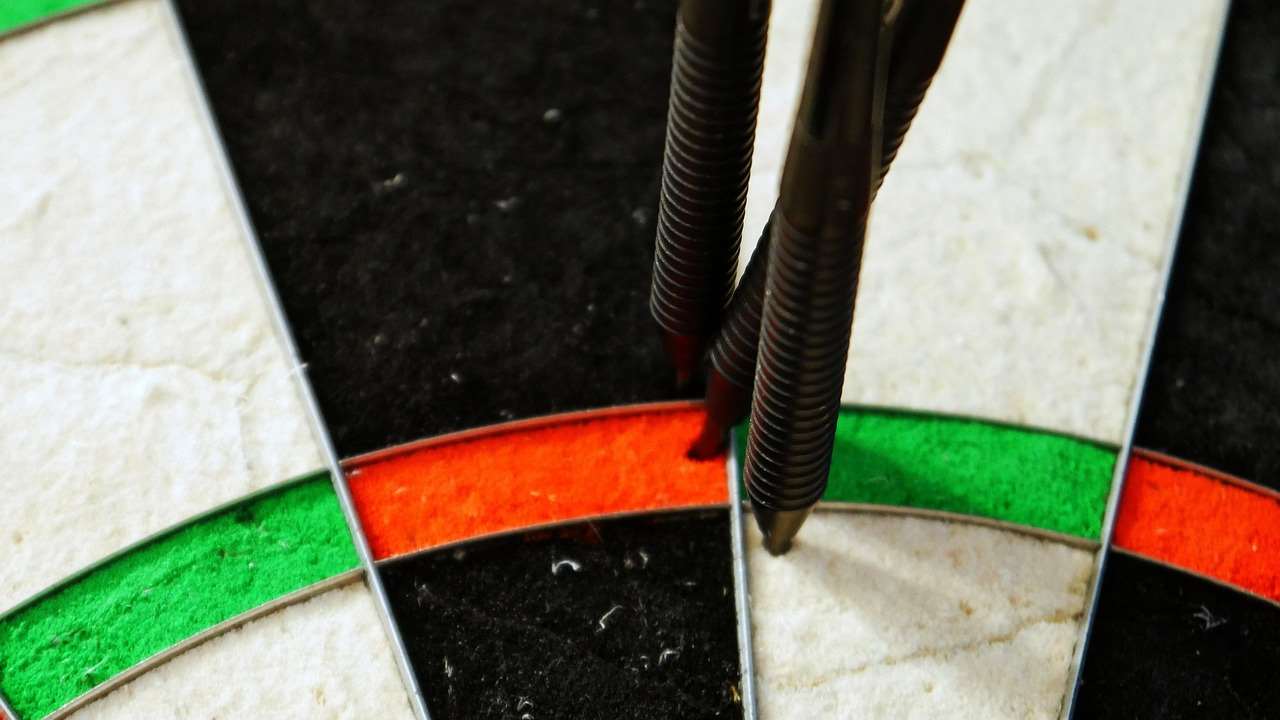
Conclusion
Knowing **how to sharpen your dart points** is a simple yet crucial aspect of dart maintenance. By following the steps outlined in this guide, you can ensure that your darts maintain their grip, minimize bounce-outs, and improve your overall scoring consistency. Remember to use the right tools, apply light pressure, avoid over-sharpening, and prioritize safety. Regular maintenance, including cleaning and inspection, will further extend the life of your darts. Take the time to properly care for your darts, and you’ll enjoy a more rewarding and consistent dart-playing experience. Now that you understand the principles of dart point sharpening, go ahead and condition your darts for optimal performance. Consider exploring various LED Dartboard Lights Benefits for a more enjoyable playing experience.
Hi, I’m Dieter, and I created Dartcounter (Dartcounterapp.com). My motivation wasn’t being a darts expert – quite the opposite! When I first started playing, I loved the game but found keeping accurate scores and tracking stats difficult and distracting.
I figured I couldn’t be the only one struggling with this. So, I decided to build a solution: an easy-to-use application that everyone, no matter their experience level, could use to manage scoring effortlessly.
My goal for Dartcounter was simple: let the app handle the numbers – the scoring, the averages, the stats, even checkout suggestions – so players could focus purely on their throw and enjoying the game. It began as a way to solve my own beginner’s problem, and I’m thrilled it has grown into a helpful tool for the wider darts community.